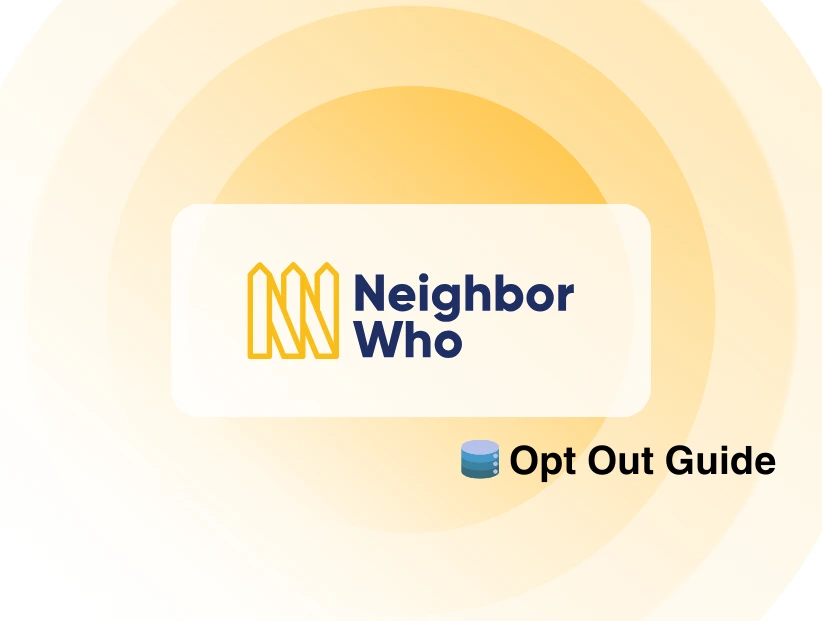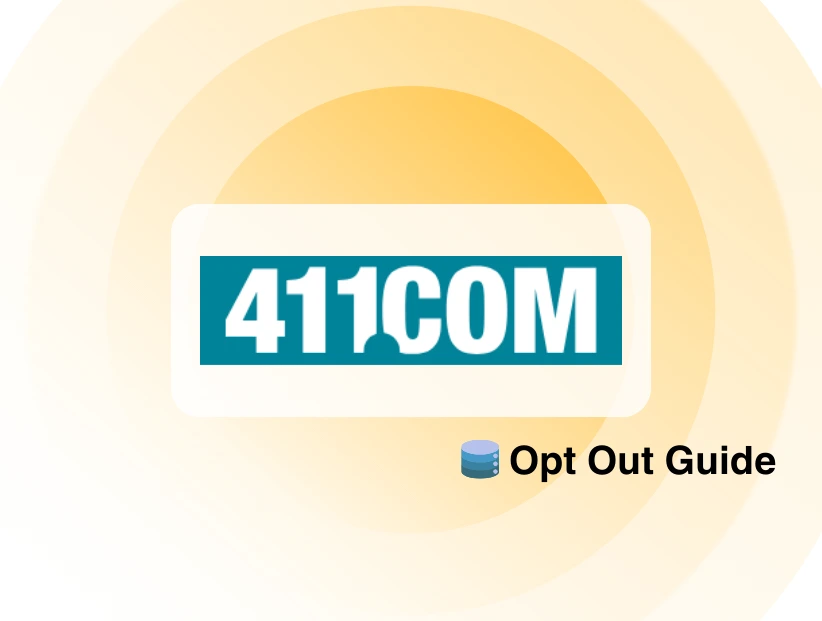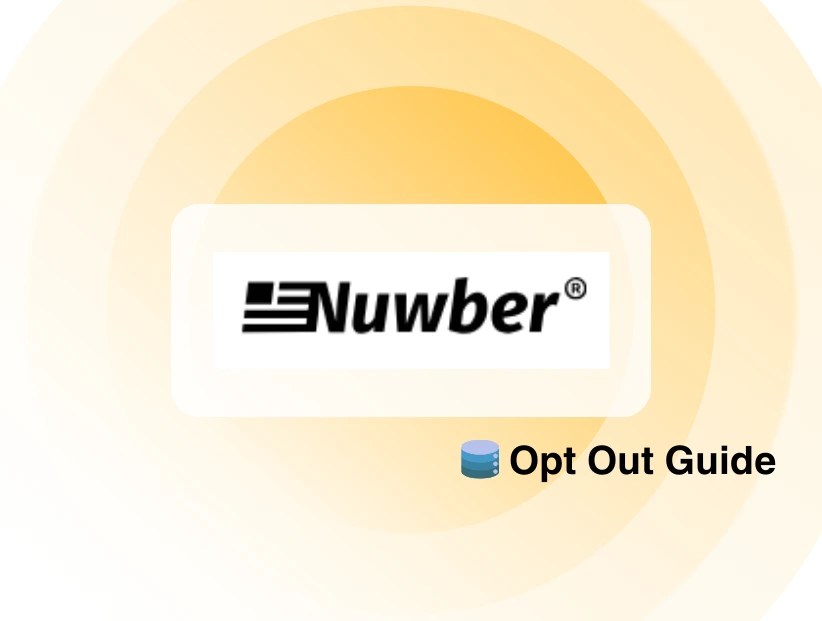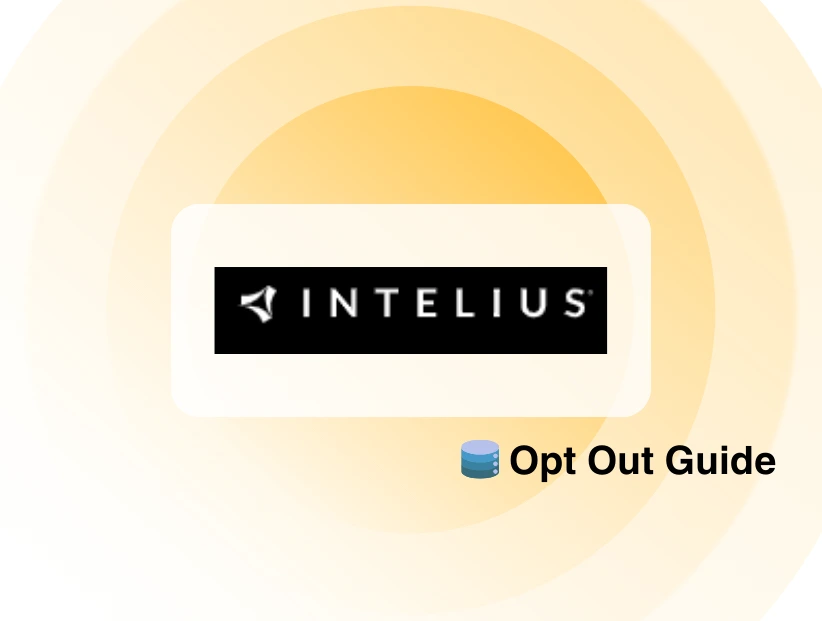You might have heard about the dark web, its dangers, and its popularity regarding black markets. But you can’t ignore the fact that gray web is easily accessible.
The blog will explain the dark web vs the gray web in detail, highlighting the dangers, preventive measures, and what could be done if you think you have been the target of privacy leakages.
What is the Dark Web?
The dark web is that portion of the internet that is deliberately hidden and is accessible through special software called TOR to maintain anonymity. Standard search engines like Google & Bing can not index dark websites. People have long known the platform for illegal activities, but the platform also supports freedom of speech and is a source of some important news.
What is the Gray Web?
Gray web refers to online content and activities that exist in a legal or ethical gray area. It can be accessed through standard browsers and includes activities that are not explicitly illegal but unethical and damaging to society, such as selling copyrighted content and hacking tools.
Dark Web Vs Gray Web: Major Differences
| Features | Dark Web | Gray Web |
| Accessibility | Requires specialized tools such as Tor, I2P, or Freenet. | Accessible via standard web browsers but often not indexed by mainstream search engines. |
| Indexing by Search Engines | Not indexed by conventional search engines like Google or Bing. | Some content may be indexed, but much of it remains hidden due to site policies or legal concerns. |
| Legal Status | Varies by jurisdiction; contains both legal and illegal content, including black markets and illicit services. | Generally legal, but may include content that violates terms of service, ethical standards, or operates in legal gray areas. |
| Common Uses | Anonymity-focused communication, marketplaces for illicit goods, whistleblowing, and underground communities. | Hosting controversial discussions, pirated content, restricted information, and unofficial research databases. |
| User Anonymity | Strong anonymity due to encryption and routing protocols. | Moderate anonymity; users may use VPNs, proxies, or pseudonyms but without the same level of protection as the Dark Web. |
| Security Risks | High risk of scams, cybercrime, malware, and surveillance. | Moderate risk, including potential data breaches, phishing scams, and copyright enforcement actions. |
| Regulation & Monitoring | Heavily monitored by law enforcement agencies worldwide, with frequent crackdowns. | Less monitored than the Dark Web but still subject to legal actions depending on the content. |
| Examples | Silk Road (defunct), AlphaBay (defunct), dark web forums, anonymous email services. | Shadow libraries, unofficial streaming sites, restricted-access forums, and whistleblower platforms. |
| Content Nature | Often contains illegal or highly sensitive content, including illicit drug sales, hacking services, and weapons trade. | Contains legally ambiguous content, such as leaked documents, pirated media, or controversial discussions. |
| Primary Users | Criminal organizations, journalists, activists, researchers, and privacy-conscious individuals. | Content creators, researchers, digital rights activists, and users seeking restricted or niche information. |
| Encryption & Privacy | High encryption and privacy-focused communication (e.g., PGP, onion routing). | May use basic encryption (HTTPS, VPNs) but lacks the deep anonymity of the Dark Web. |
Discover if Your Most Critical Identifiers Have Been Exposed on the Dark Web
Receive timely alerts and actionable insights with PurePrivacy's Dark Web Monitoring.
Is Gray Web Riskier Than the Dark Web?
We can not say this decisively, but this could be the case. One of the primary concerns on the gray web is data exposure and privacy risks, as publicly accessible yet unintentionally shared content remains a vulnerability.
Many organizations unknowingly leave residual digital footprints, such as abandoned directories, internal documents, and exposed metadata in images or documents. Such data, easily retrievable through search engines, can reveal sensitive details, making you and businesses susceptible to cyber threats.
The Grey Web offers an attractive target for malicious actors engaging in reconnaissance, credential harvesting, and automated data scraping. Hackers can exploit misconfigured servers, locate exposed admin panels, and use leaked employee information for phishing campaigns.
The absence of strong content moderation in the gray net allows misinformation, extremist narratives, and harmful content to spread unchecked. Accountability becomes an issue with no centralized authority governing the space, making regulating harmful or illegal material challenging.
Can Your Data Be Leaked to the Dark Web From the Gray Web?
Yes, the Grey Web consists of publicly accessible yet unintendedly exposed information which is often left unprotected. Cybercriminals can quickly harvest it using:
- Open-source intelligence (OSINT) techniques,
- Automated web scraping tools, or
- Search engine queries.
Once obtained, this information can be transferred to the Dark Web, where it may be sold, traded, or exploited for malicious purposes.
If an organization leaves login credentials, API keys, or employee email addresses visible on the Grey Web, attackers can collect and use them for unauthorized access. This can lead to more profound breaches, allowing attackers to extract sensitive corporate data, financial information, or personal details, which are then sold on Dark Web marketplaces.
our country has such bad practices in place all of our information is on the dark web! My social number is being used, and social security told me we can't help. So, quit squaking that your privacy is at risk with people who are trying to help the U.S. Squak about he hackers.
— Cathy Allison (@Allisca) February 22, 2025
Similarly, personally identifiable information (PII), such as names, addresses, and social security numbers, can be compiled from exposed databases and repackaged into identity theft kits available for purchase by cybercriminals.
Enable PureVPN's Dark Web Monitoring
Here's how you can use Dark Web Monitoring and prevent your data from being exploited multiple times.
- Install PureVPN on your device or update your existing VPN app.
- Visit the Members Area to get access.
- Go to Dark Web Monitoring from the main menu.
4. Select Add Assets to Monitor.
5. Add your email address, SSN, credit card number, passport number, and phone number.
6. Mention the code sent to your registered number and you’re done.
7. Take the recommended steps if your data is part of a breach.
8. You can mark the breaches as resolved.
Frequently Asked Questions (FAQs)
-
What are grey websites?

Those websites operate in a legal gray area. They might not be strictly illegal, but their practices could be unethical or violate terms of service, such as copyrighted material without explicit authorization and marketing or data collection practices.
-
What are grey users?

Gray users are people who engage in unethical practices, such as using software or services in ways that violate their terms of use and participating in online communities with questionable or ambiguous rules.
-
Does Darkweb have more content than Clearweb?

No. We can not clearly say that! The dark web is the hidden part of the internet; it is vast, but we can not define its extent. The precise web is indexed chiefly, but a considerable part is called the deep web, which is not indexed.
-
Can I track my data on the dark web?

Yes. You can track your sensitive data on the dark web by using PureVPN's dark web Monitoring service. Track how vulnerable your data is on the dark web by providing your email address and receive real-time updates about how to manage your Privacy.
-
Can you be tracked on the gray web?

Yes, standard tracking methods could be used to track your data on the gray web. Your IP address, cookies, and PII can later be used to target you for unwanted advertisement or location data or to exploit it for malicious purposes.
Wrap Up
Exploring the internet is fun but carries risks! You must understand that your data is an asset for you and for the intruders found on various platforms.
Keeping your identity safe and your data private is the ultimate goal to prevent future cyber crimes. Stay alert even if you are not on the dark marketplaces!




